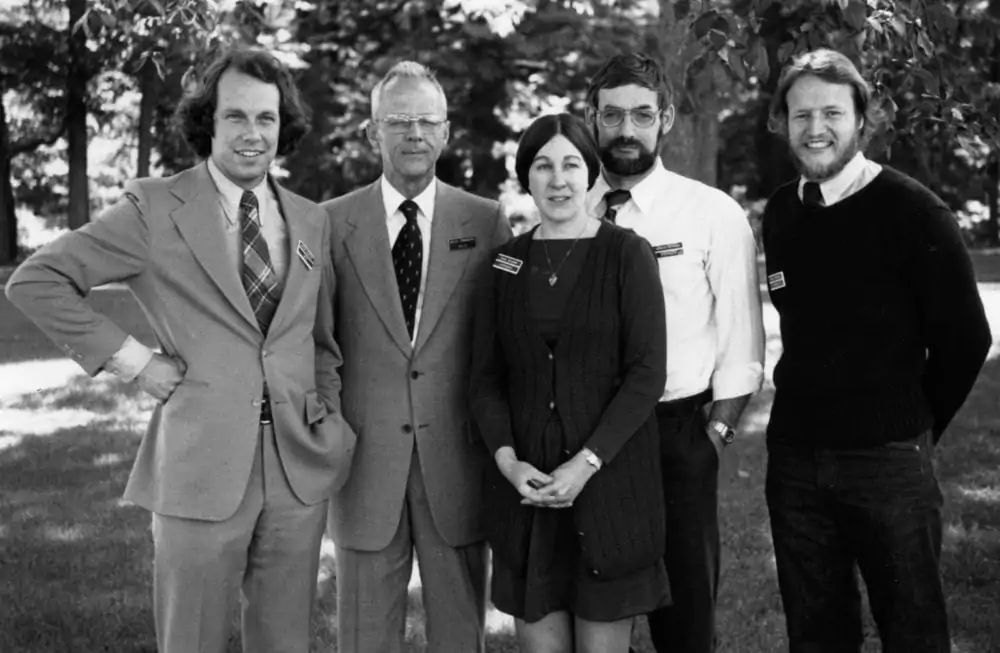A grim MIT study dated 1972 predicted that society would collapse by the mid-21st century, sparking criticism and generating debate. Today we know that for the economic part that study was right. And as a world community we are on track to get the general prediction right as well.
A new paper revisited the original MIT study and found that societal collapse is indeed on the table. Of course, we can still change and the future is not definitive: even in the worst case scenario, humanity will not cease to exist in 2040. But the world could go through much tougher times if the prediction comes true.
The controversial MIT study of the collapse of society

Published by Club of Rome, the 1972 study proposed a system dynamics model that identified “limits to growth.” Factors such as overexploitation would fuel the collapse, which MIT says could occur by the mid-21st century.
MIT researchers faced a lot of criticism at the time. The new paper from KPMG's senior director, however, says that the scenario identified at the time is still plausible.
Gaya Herrington is responsible for sustainability and system dynamics analysis at KPMG in the United States. She examined the MIT study as part of her master's thesis at Harvard. The firm is not directly tied to one of the world's big four accounting firms. However, the study is published on the KPMG website, but also in the November 2020 edition of Yale Journal of Industrial Ecology.
When growth is no longer possible
“Given the unattractive prospect of societal collapse, I was curious to see which scenarios were aligning most closely with today's empirical data,” the author explained on the KPMG website.
After all, the book that presented this world model was a bestseller in the 70s, and we would now have several decades of empirical data that would make a comparison meaningful. But to my surprise, I couldn't find any recent attempts at comparison. So I decided to do it myself.
Gaya Herrington, KPMG
Herrington looked at data from 10 key variables. 10 crucial factors to study MIT's prediction about the collapse of society. He analyzed:
- Population;
- Fertility rates;
- Mortality rates;
- Industrial production;
- Food production;
- Services;
- Non-renewable resources;
- Persistent pollution;
- Human well-being;
- Ecological footprint.
Its data identified two likely scenarios for the coming years: “BAU2” (business as usual) and “CT” (Comprehensive Technology).
“The BAU2 and CT scenarios show stunting within a decade or so“, concludes the study. “Both scenarios therefore indicate that it is not possible to continue business as usual, i.e. pursue continuous growth. Even when coupled with unprecedented technological development, the “continuous growth” model would still lead to declines in industrial capital, agricultural production and levels of well-being within this century.
The collapse of society is not the end
Anyway, the collapse of society (of the CURRENT model of society, to be more precise) sounds like a death sentence for humanity, but that is not the case.
Economic and industrial growth will stop, and then decline. This will damage food production and the standard of living. In terms of timing, the scenario BAU2 shows a steep decline around 2040, the new study says, even anticipating that of 1972.
The scenery CT it would produce an economic decline around the same date, but not considered a collapse of society.
There is also a scenario called stabilized world (SW). It would avoid the dismal MIT result, but it is by far the most unlikely according to the data analysis. It is the sustainable path, and currently it could still be done. The problem is, we only have less than 10 years to decide.



